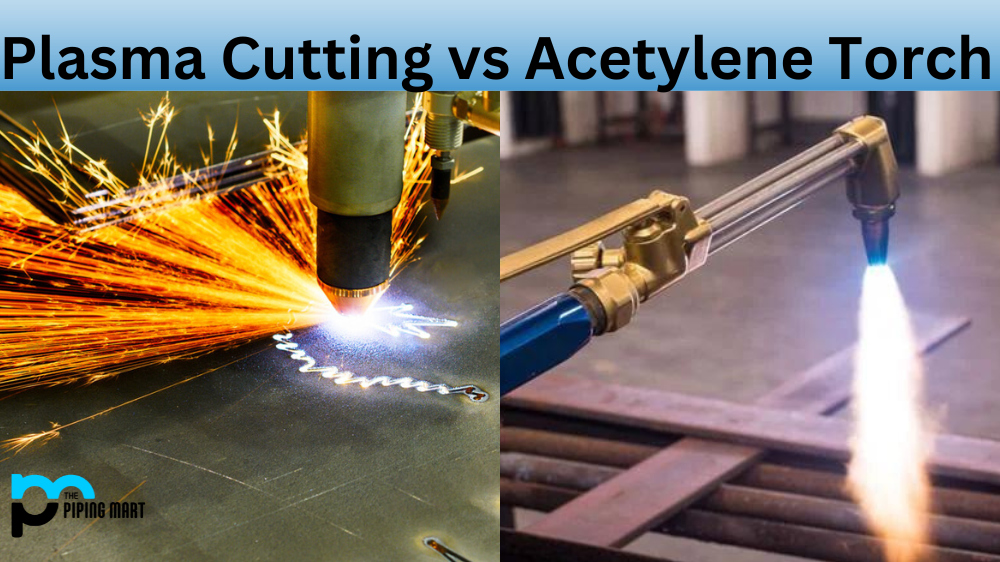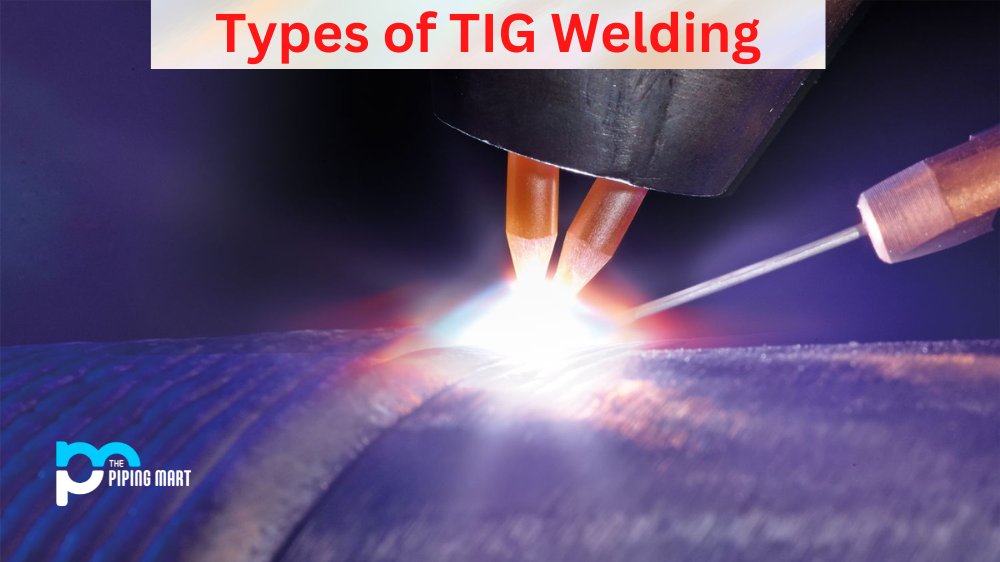Are you a professional welder or a DIYer looking to purchase a cutting tool? If so, you may wonder which option is best for your project. In this blog post, we’ll explore the differences between plasma cutting and an acetylene torch to help you make an informed decision. Let’s get started!
What Is Plasma Cutting?
Plasma cutting is a process that uses a stream of hot plasma gas to cut through metal. It uses an electric current that passes through an inert gas, like argon or nitrogen, to create a plasma arc. This arc melts the metal as it moves through it and cuts it into precise shapes. Plasma cutting has become increasingly popular due to its ability to achieve precise results quickly with minimal cleanup. In addition, it can be easily used on thick materials such as stainless steel and aluminium.
What Is an Acetylene Torch?
An acetylene torch is a device that uses burning acetylene gas to heat metals until they’re malleable enough to be cut or shaped with hand tools. Acetylene torches are often used in welding applications because they reach over 6300°F (3482°C). Unlike plasma cutting, acetylene torches require manual operation and are limited in producing clean cuts on thicker materials. However, they are much less expensive than plasma cutters and can be used for other tasks, such as soldering and brazing.
Difference Between Plasma Cutting and Acetylene Torch
- Plasma cutting is a process that uses a high-voltage electrical arc to ionize the gas and create plasma.
- Plasma cutting is faster than an acetylene torch and can cut through thicker materials.
- Plasma cutting produces less heat than an acetylene torch, which means there is less risk of warping the material being cut.
- Plasma cutting produces less hazardous fumes than an acetylene torch, making it safer to use in enclosed spaces.
- Plasma cutting is more expensive than an acetylene torch, but the initial investment may be worth it for those who do a lot of cutting.
- Plasma cutting requires more training and experience than an acetylene torch, so those new to cutting may want to start with an acetylene torch.
Conclusion:
When deciding between plasma cutting vs acetylene torch for your next project, there are several factors to consider, including a budget, speed, accuracy, material thickness, and other specific needs for your job site or shop environment. Ultimately, both tools offer advantages depending on what type of job you need to be done. If you need precise results from thin metal sheets quickly without breaking the bank, then plasma cutting might be the right choice. On the other hand, if you need something more versatile and don’t mind spending some extra time with manual operations, then an acetylene torch might work better for your needs. No matter which tool you choose—plasma cutter or acetylene torch—you will have access to reliable equipment to help complete your job safely and efficiently!

Meet Bhavesh, a seasoned blogger with a wealth of knowledge and experience. From metal products manufacturing to retail, Bhavesh has a diverse background in various industries and is dedicated to sharing his insights and expertise with readers.




